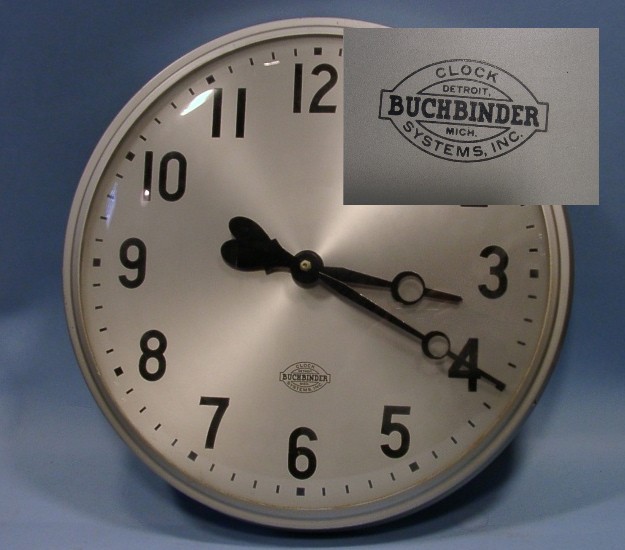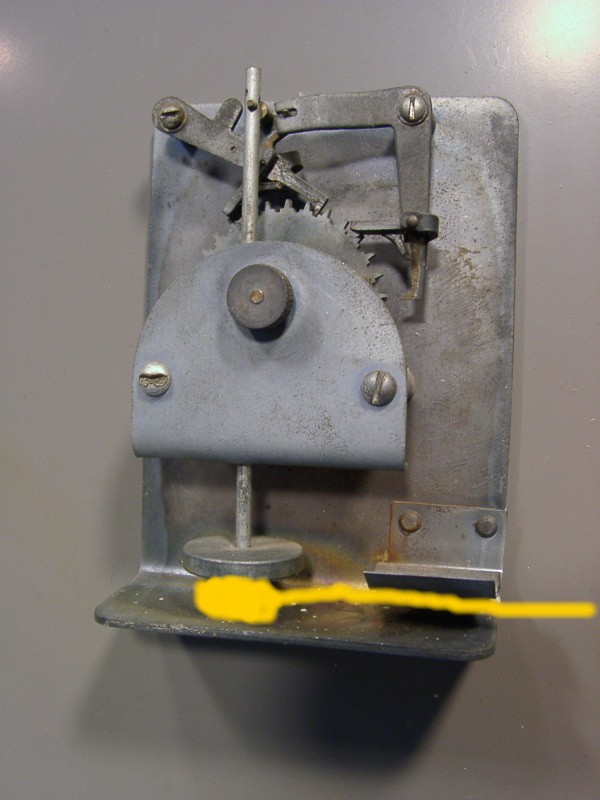
| WWT Shows | CLICK TO: Join and Support Internet Horology Club 185™ | IHC185™ Forums |

|
• Check Out Our... • • TWO Book Offer! • |
Welcome Aboard IHC185™  Internet Horology Club 185
Internet Horology Club 185  IHC185™ Discussion Site Main Page
IHC185™ Discussion Site Main Page  Horological Discussions, Questions and Answers
Horological Discussions, Questions and Answers  Clocks, Including 400-Day Discussions
Clocks, Including 400-Day Discussions  Gent Of Leicester Slave.
Gent Of Leicester Slave.
 Internet Horology Club 185
Internet Horology Club 185  IHC185™ Discussion Site Main Page
IHC185™ Discussion Site Main Page  Horological Discussions, Questions and Answers
Horological Discussions, Questions and Answers  Clocks, Including 400-Day Discussions
Clocks, Including 400-Day Discussions  Gent Of Leicester Slave.
Gent Of Leicester Slave.Go  | New Topic  | Find-Or-Search  | Notify  | Tools  | Reply to Post  |  |
Hello Again, Look what I found today, These are becoming hard to find. I already have a couple and the Master Clock to drive these slaves. I'm Going to test it out for correct operation on my Master. Regards, Ged. | |||
|
Interesting clock Ged, i don,t know much about these. | ||||
|
Ged, What powers the slaves? I have a few slave clocks that are pneumatic. The system usually fails because the rubber bulbs rot and fail. Tom | ||||
|
Tom, Big article on Gent's Master Clocks in our Technical Library. I remember posting pic' of my one and Mike put this article in the Library for me, so as to keep it for all to see. Interesting Clocks, But noisy in operation. I am not familiar with Pneumatic Clocks, how do they work, and who made them?. Ged. | ||||
|
Ged, The article you referred to was very interesting. This clock is from a very different system. There were a couple of different versions of pneumatic clocks. One brand that is seen a lot is Hahl. According to THIS link they developed the pneumatic system. When you view the link you will see one method of advancing the hands. The pictures below show another, similar but different system. When I started teaching the type I have in the picture was in the schools. The school was built in the mid twenties. There was a master clock in the office with a bellows. Each clock in the school was connected to the master by a rubber tube. As the bellows moved it filled the bulb on each of the slave clocks. As the bulb inflated it would raise the disk on the mechanism and the clock would move ahead one minute. When the master clock released the pressure the disk would fall, and the hands would again advance one minute. The rubber parts are long gone, but I have drawn in yellow where the bulb and tube would be. Tom  | ||||
|
The mechanism. Tom  | ||||
|
Thanks Tom', I was pleased the Gent's article was still in the Library and that you found it interesting. I sold two Gent's Slaves on Ebay about a year ago and did very well on them. Regards, Ged. PS, Nearly forgot, the Pneumatic clock info' was very good. | ||||
|
| Powered by Social Strata |
| Your request is being processed... |
|
©2002-2025 Internet Horology Club 185™ - Lindell V. Riddle President - All Rights Reserved Worldwide

